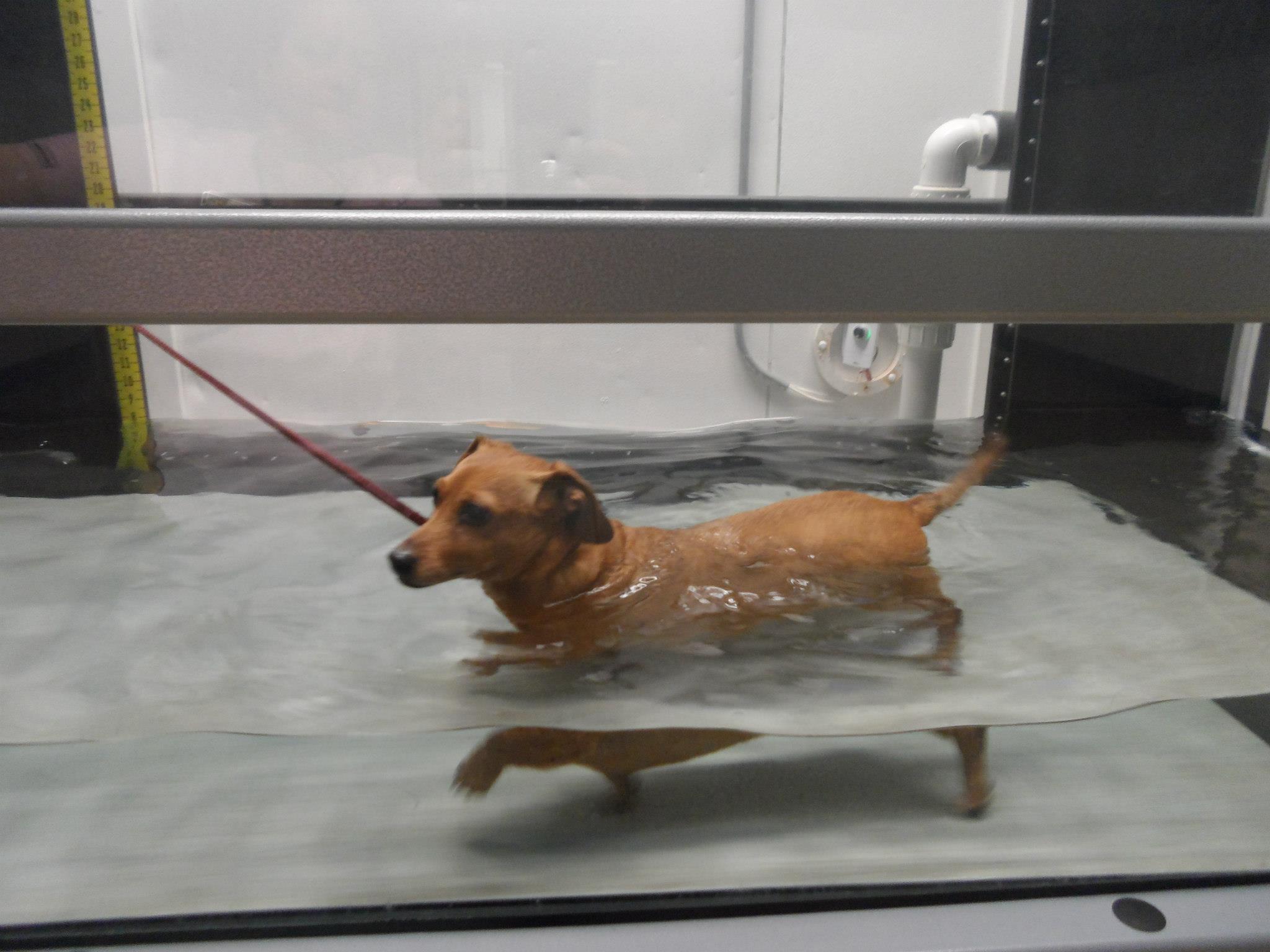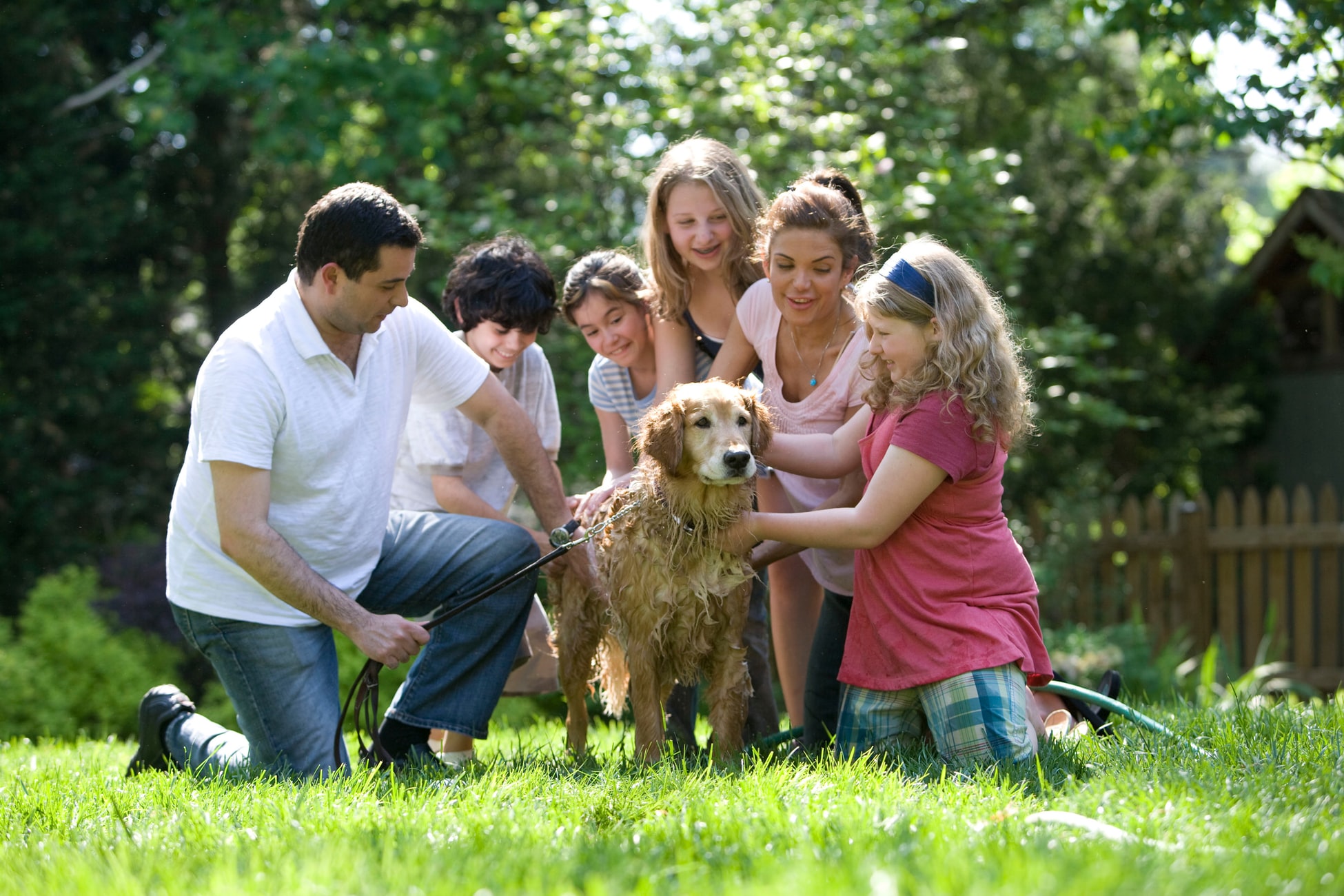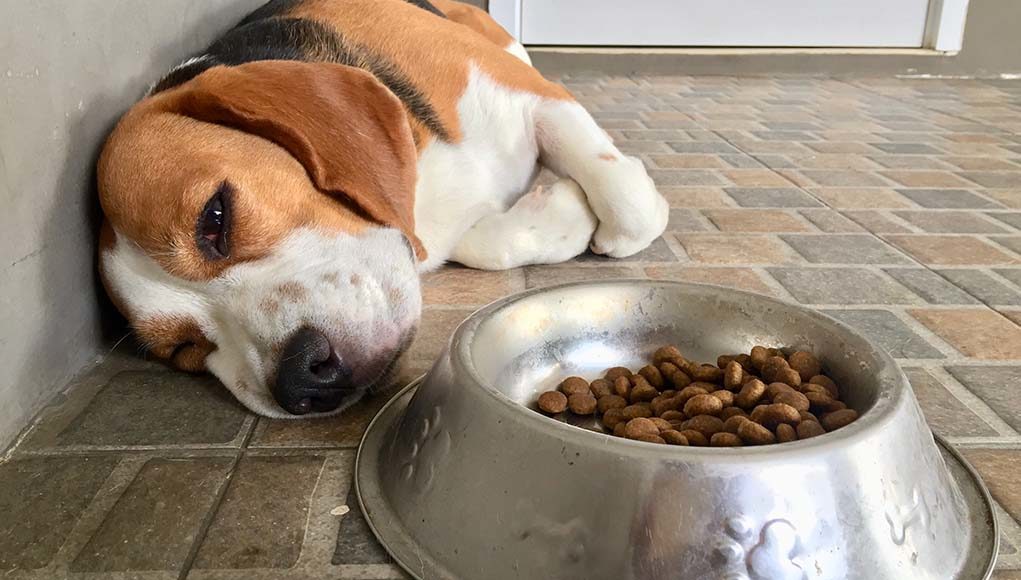If you’re leaving your dog in a pet boarding facility for the first time, you must be wary of many things that can either elevate or demote your dog’s boarding experience. While pet boarding can save you from the hassle of hiring a pet sitter or asking your neighbor to look after your furry friend, it can also help your pet to socialize with other animals. Hence, it’s your duty to find the finest temporary care for your dog in the town when you’re not around.
Before considering pet boarding, here are some of the things that you must do to ensure that your dog enjoys a great boarding experience. It starts with assessing the dog boarding facility to preparing your dog.
10 Things to Do When Boarding your Dog
Tour the Boarding Facility

The first thing you need to assess is the boarding facility. Some pet boarding facilities are great, while others are awful in taking care of pets, offering recreational activities, indulging pets with training, and kennel hygiene.
Start with searching for dog kennels online (Facebook, Yelp, and Google My Business). Once you find the match, such as location and time-open, consider looking into their reviews. The online reviews can tell a lot about the pet boarding facility. Here are some of the pet boarding horror stories.
Next, you can schedule a physical visit to the boarding facility. Making sure that the pet boarding facility offers an impeccable service guarantees a positive boarding experience for your dog.
Consider a Boarding Trial

Checking out the pet boarding facility online isn't enough unless you visit the place yourself. It's also a time to take your dog for a boarding trial. Like parents take their children to a pre-school, you can take your dog to check if it makes a nuisance when you're not around them.
The trial stay of at least 24 hours eases your dog into a new environment and a new daily routine. You may find that your dog will adjust much better when it comes time for a longer stay. You can also determine if your dog eats pet boarding meals and socialize with other animals.
Cater your dog's special needs

Not all dogs are the same. Your dog is probably much younger or older than other dogs in the pet boarding facility. This will greatly determine how your dog will react to other dogs around it.
If your dog has a sensitive stomach, medication, or allergies, you should consider telling the staff about its conditions. The staff can handle your dog much better when they know about your dog's special needs. However, don’t go overboard by loading the staff with unnecessary information about your pet’s daily habits.
Provide Dog's Medical Records

If your dog is on medication, you should definitely tell the staff about it and bring along the medicines with you before leaving your dog. Ensure the medication is well labeled, even if it's as simple as a joint supplement or as grave as heart problems and diabetes.
Before considering boarding your pet with other animals, it’s considerate of you to de-flea and worms your dog. You should also update your dog’s vaccinations at least two weeks before boarding. Both of these precautions are typically required before boarding.
Eating and Sleeping at Set Times

Most pet parents train their pets to eat and sleep at a set time before sending them off to the boarding facility. The boarding kennel will feed all animals at set times, and if your dog is used to free-feeding, this could cause it to go hungry. Help it adjust to set eating times.
Likewise, make your dog sleep away from you, such as in a crate, kennel house, or sleeping mattress long before boarding it. This will ensure that your dog can sleep in the boarding facility without your presence around.
Bring your Pet's Food

Most boarding facilities provide the same food to pets. But because an abrupt change in diet can contribute to your dog's dietary problems, you can bring your own dog food. This will help to avoid gastrointestinal problems, including diarrhea. If your pet is on a prescription diet, do consider carrying prescription food everywhere you go.
An easy way to feed your dog food to your dog is by labeling it well, bringing it with you, and telling the boarding staff uses it when feeding your dog. You can also provide the instruction on mixing it with wet food or dry food before offering it to the dog.
Discuss Treats
Most pet boarding staffs use dog treats to make dogs familiarize themselves with the facility. Treats can be a helpful tool to use when your dog doesn't exactly want to do what it's supposed to do. To ensure that the staffs only use prescribed treat, make sure to bring them along with you before you leave your dog.
Dogs can easily gain weight, get food allergies, and become sensitive to many treats. Hence, you can bring your own stock with you.
Bring Your Dog's Toy or Blanket

If your dog love to play and cuddle with its favorite toy, it's best to bring it along to the pet boarding facility in the form of a pacifier. The boarding staff can use it to keep your dog in one place.
You can also bring its blanket along so the boarding staff won't have much difficulty making it sleep. Your dog can latch to the blanket when it’s time to sleep.
Teach basic commands to Your Dog
It's useful to teach your dog basic commands before you start boarding it. Dogs that are familiar with basic commands such as "Sit," "Stop," and "Come" will respond well to the boarding staff.
Consider crate and loo training your dog before you can leave it unsupervised. Untrained dogs can often become a nuisance to pet boarding staff. The sooner your dog learns to tolerate hours before getting a loo break, the better it can adjust to a boarding facility.
Make the Departure Quick
The longer you wait to say goodbye to your dog, the more difficult it will become for your dog to say goodbye. There is no sense in making the goodbye more stressful than it needs to be. It will only make it worse and even anxious.
Depart quickly, so it won't have much time to miss you and sulk.
Pet Boarding or Pet Sitting
Many people wonder if pet sitting is better than pet boarding. While pet sitting lets you choose a pet sitter to come to your home to feed, play and walk your dog, pet boarding will collectively do all this along with grooming and socializing your dog with other animals.
Unlike pet sitting, pet boarding allows your furry friend to share a common space with other dogs. And yes, pet boarding can be slightly cheaper than pet sitting because of the fixed space and multiple staff hired to look after the animals.
Check this infographic for more information.

According to Thumbtack.com, the national average cost to board a dog is $50. Expect to pay anywhere from $40 to $60 for boarding your pet for 24 hours. Get discounted rates from the boarding facility by becoming their regular customer.
Get in touch with Urban Pet Hospital & Resort, the best doggy daycare in Urbandale, to enjoy the finest dog boarding services. We offer pet boarding, grooming, veterinary care, and training.